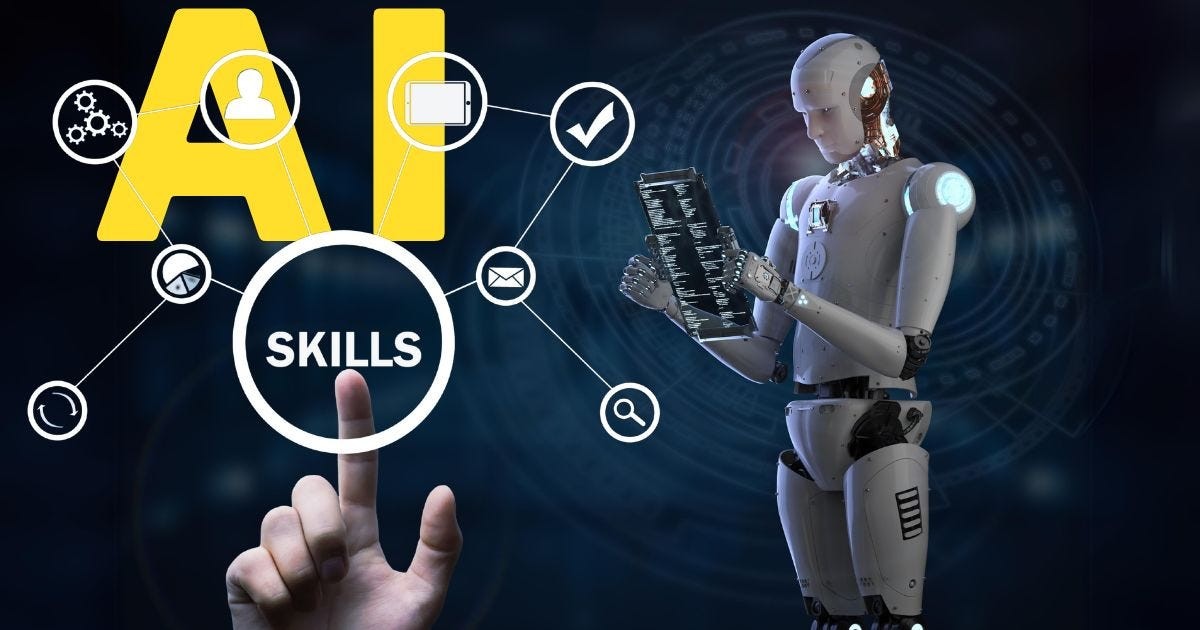The Reinforcement Divide: Why Some Ai Skills Are Leaping Ahead While Others Stagnate
Artificial Intelligence (AI) continues to evolve at a remarkable pace, but not all its abilities are improving at the same rate. While AI coding tools like GPT-5, Gemini 2.5, and Sonnet 4.5 have revolutionized software development with new automation capabilities, other AI-driven functions—such as writing and communication—seem to be progressing much more slowly.
This disparity, increasingly referred to as the “Reinforcement Gap,” highlights a fundamental divide between AI skills that can be easily tested and those that cannot.
At the heart of this divide is reinforcement learning (RL) — the process that allows AI systems to learn through repeated trial and error using measurable feedback. Coding tools benefit immensely from this approach because their outcomes can be objectively tested through established methods like unit tests, integration tests, and performance validations. These automated tests provide a clear pass-or-fail result, allowing reinforcement learning systems to refine models billions of times without human interruption.
In contrast, AI tasks like writing an email, crafting a marketing pitch, or generating a natural conversation lack a standardized way to evaluate success. These activities depend on tone, creativity, and human emotion—qualities that cannot be quantified easily. As a result, despite improvements in AI models, the real-world performance of chatbots and writing assistants often remains largely unchanged.
Industry experts argue that testability is becoming the defining factor in AI progress. Tasks with measurable benchmarks—such as bug fixing, data analysis, or mathematics—see rapid improvement, while subjective or context-driven skills experience only incremental growth.
Interestingly, some areas once considered “hard to test” are becoming more adaptable to reinforcement learning. OpenAI’s Sora 2 video model, for instance, demonstrates striking advances in realism. Objects maintain consistent form, faces hold their identities, and physical movements follow natural laws. Analysts suggest these improvements stem from finely tuned reinforcement systems evaluating factors like motion accuracy, object persistence, and visual coherence—turning what was once unpredictable animation into near-photorealistic simulation.
The implications of the reinforcement gap extend far beyond software engineering. If certain industries—such as healthcare, finance, or education—can develop effective RL-based evaluation systems, they may soon automate entire categories of work. Conversely, areas that rely heavily on human judgment, emotional intelligence, or subjective reasoning could remain resistant to automation.
As AI continues to mature, one thing is clear: the reinforcement divide will shape the future of innovation, employment, and economic transformation. The skills that can be measured will advance at lightning speed, while those that cannot may struggle to keep pace in a world increasingly driven by algorithms.
Source: Techcrunch
news via inbox
Get the latest updates delivered straight to your inbox. Subscribe now!




